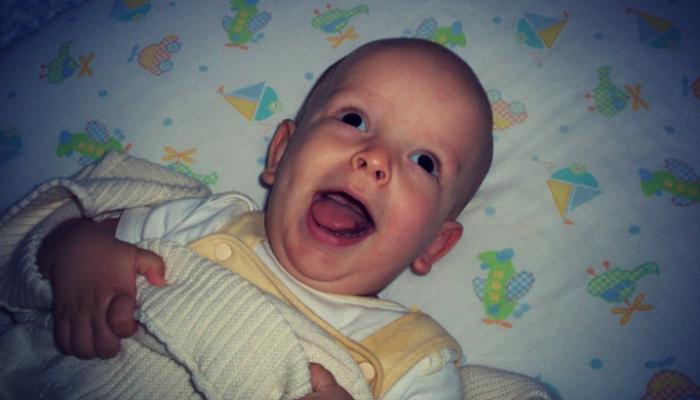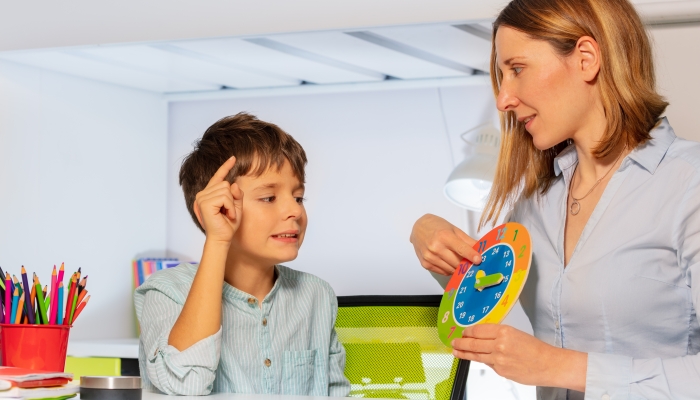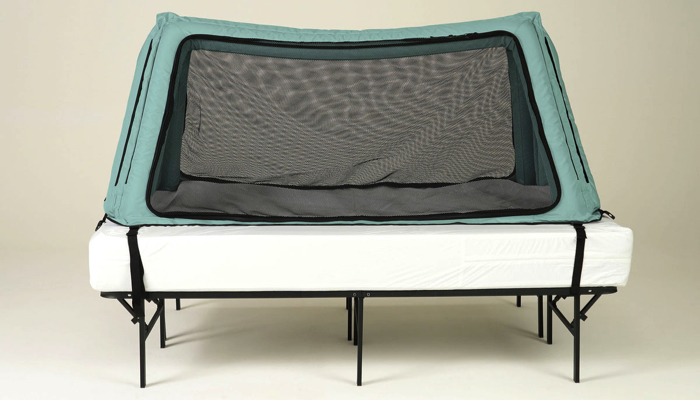3 Tips for Choosing Pajamas for Kids with Sensory Processing Disorders

By Bonnie Arnwine
If your child has Autism and/or Sensory challenges, then you know that night times can sometimes be nightmares!
Getting to sleep and staying asleep isn’t only tricky, it can be one of the toughest things you do all day, especially if you don’t have the right sleepwear.
That’s why we’ve consulted with Bonnie Arnwine, founder of NationalAutismResources.com about what makes pajamas friendly for kids with Autism and Sensory Disorders. She says there are three major things to think about…
- Is the fabric soft and smooth?
The texture of some fabrics may not have an affect on you, however certain fabrics may feel like steel wool for a child with Autism or a Sensory Disorder. Test the fabrics by feeling them against your face, or, if you’re shopping online, find a store that carries a handpicked selection of pajamas for kids with Autism. Also keep in mind the weight of the fabric, if your child is sleeping with a weighted blanket make sure the fabric is lightweight and be mindful of overheating during the summer. - Are there tags or seams on the pajamas?
The next thing to look at are tags and seams. Many of us can ignore these and sleep easy, but for kids with Sensory Disorders a scratchy or itchy tag or seam can keep them awake all night. While it doesn’t bother you, tags, seams, zippers or buttons can be very uncomfortable for your child. Try to find seamless styles and pajamas that have printed tags on the fabric, instead of ones that are sewn onto the pajamas. If seamless styles are not available, check to make sure the seams are soft, smooth and not scratchy or itchy. If your child is sleeping with socks, you can also look for seamless socks. - What are the colors of the pajamas?
Bed time is about resting and relaxing. When looking at colors and patterns, think about colors and prints that are calming and easy on your eyes. Instead of bright neons, try to go for darker, cooler colors that help your eyes relax. Instead of giant fun and exciting patterns, try PJs that feature cool and calm colors. Remember, having relaxing styles that can help to promote a better night’s sleep is much more important than fashion when your goal is to help make falling asleep easier.

The most important things to remember when you are shopping for Autism and Sensory Processing Disorder friendly pajamas is that they need to be soft and smooth. You want to avoid tags and seams whenever possible and also try to pick calming and relaxing colors and prints. By doing this you can help to reduce some of the things that keep kids up at night and help to promote an easier time falling asleep.
About the Author: Bonnie Arnwine is a leading Autism activist and founder of NationalAutismResources.com. Her goal is to help people better understand special needs and to create a resource for effective and reliable products and services.

Related Posts

Autism
Developing Time Management Skills in Children with Autism: 7 Tips
Learn how you can use structure and visual aids to help your child with autism learn time management skills.

Sleep, Special Needs
Safe Place Bedding Travel Bed Review
Traveling with a special needs child can be stressful! Having a safe, durable, and easy to use travel bed can make traveling so much easier!

Autism
Occupational Therapy for Children with Autism: How It Can Make a Difference
Children with autism face challenges in many different areas. Occupational therapy can help children address these difficulties while having fun!